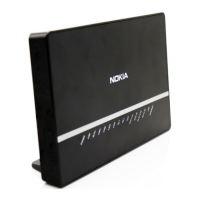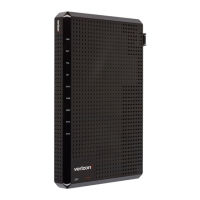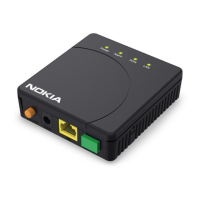Services Overview
46
FD 100/320Gbps NT and FX NT IHub Services Guide
3HH-11985-AAAA-TQZZA Issue: 13
3.2 Introduction
A service is a globally unique entity that refers to a type of connectivity service for
either Internet or VPN connectivity. Each service is uniquely identified by a service
ID within a service area. The ISAM service model uses logical service entities to
construct a service. In the service model, logical service entities provide a uniform,
service-centric configuration, management, and billing model for service
provisioning.
Services can provide Layer 2/bridged service or Layer3/IP routed connectivity
between a Service Access Point (SAP) on one ISAM and another service access
point (a SAP is where end-user traffic enters and exits the service). A distributed
service over the Internet requires that ISAMs are interconnected via SR-Series
routers.
Distributed services use service distribution points (SDPs) to direct traffic to another
PE through a service tunnel. SDPs are created on each participating ISAM/service
router, specifying the origination address (the ISAM participating in the service
communication) and the destination address of another ISAM/service router. SDPs
are then bound to a specific customer service. Without the binding process, far-end
service router/ISAM devices are not able to participate in the service (there is no
service without associating an SDP with a service).
3.2.1 Service Types
The ISAM offers the following types of subscriber services which are described in
more detail in the referenced chapters:
• Virtual Private LAN Service (VPLS) — ISAM supports three types of VPLS
services: v-VPLS (VLAN VPLS), m-VPLS (management VPLS) and VPLS.
v-VPLS forwarders emulate the ISAM bridging service in the IHUB. v-VPLS
forwarders enable frames to be L2 forwarded between user side and network side
though IHUB and extend the reach of a VPRN IP interface (SAP) to several
physical ports. The m-VPLS forwarder is exclusively used to handle L2CP frames
(for example, spanning tree). The m-VPLS is not intended to forward data traffic.
For more information see “Virtual Private LAN Service”. VPLS (a Layer 2
multipoint-to-multipoint VPN) enables frames to be L2 forwarded between the
user side and the MPLS network side. Frames are encapsulated in MPLS Pseudo
wires (PW).
• Internet Enhanced Service (IES) — A direct Internet access service where the
customer is assigned an IP interface for Internet connectivity. See “Internet
Enhanced Service”.
• Virtual Leased Line Service (VLL) - Ethernet pipe (Epipe) — A Layer 2
point-to-point VLL service for Ethernet frames. See “Ethernet Pipe (Epipe)
Services”.
• Virtual Private Routed Network (VPRN) — A Layer 3 IP multipoint-to-multipoint
VPN service as defined in RFC 2547bis. See “Virtual Private Routed Network
Service”.

